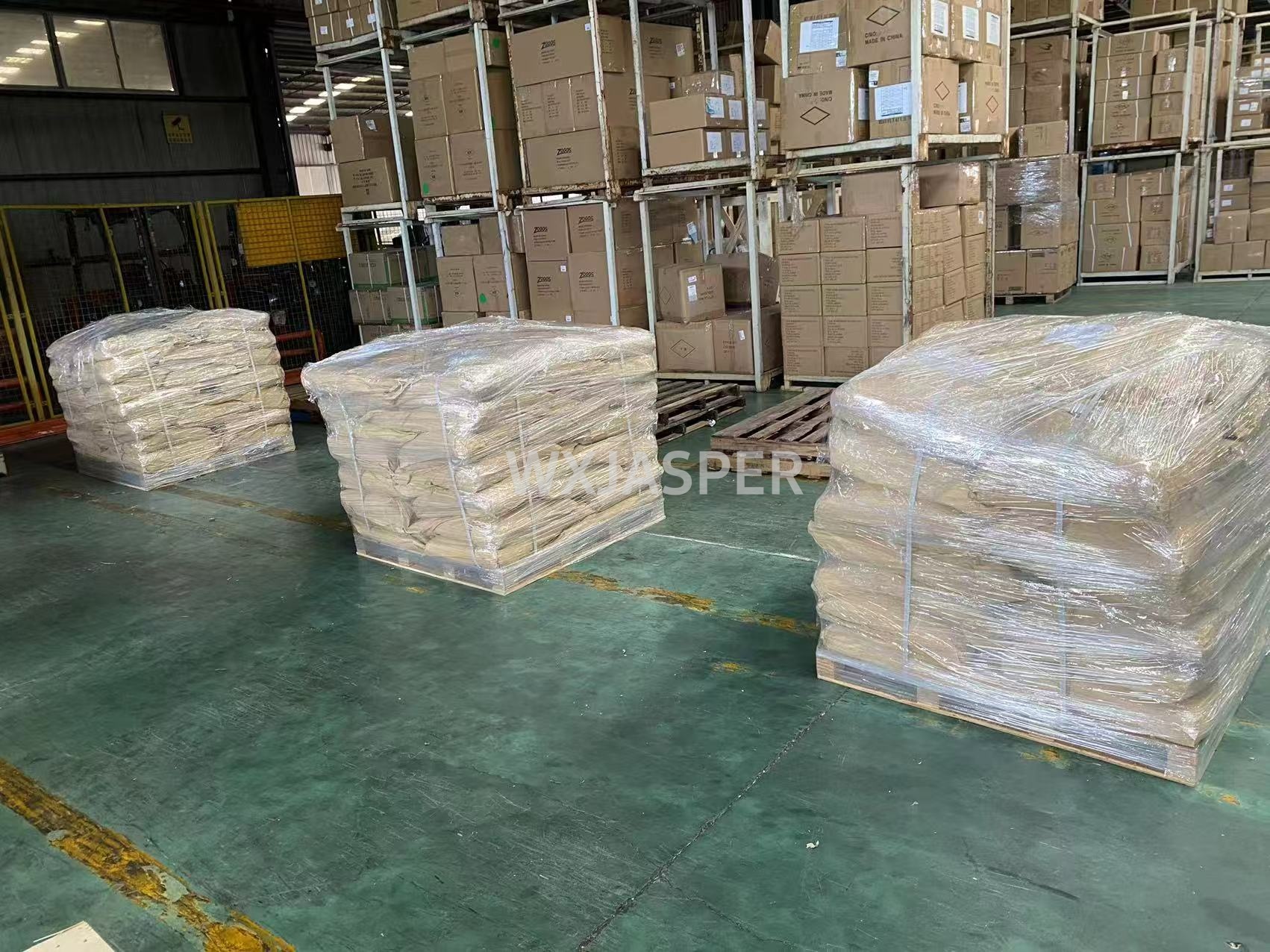Your Location:Home > Products > Solvents > Polyacrylic Acid



CasNo: 9003-01-4
MF: (C3H4O2)n
Appearance: powder
Delivery Time: 15 days
Packing: 25kg/bag
Purity: 99%
|
Indicator |
Typical Values (by Molecular Weight & Form) |
Description |
|
Appearance |
Transparent viscous liquid (aqueous solution); white powder (solid) |
Liquid products typically have a concentration of 30%–50%, while solid products have a purity ≥99%. High-molecular-weight powders are highly hygroscopic and require moisture protection. |
|
Solubility |
Easily soluble in water; partially soluble in methanol/ethanol; insoluble in non-polar solvents (e.g., hydrocarbons, oils) |
Aqueous solutions are acidic, with pH varying by concentration and molecular weight (pH of 1% aqueous solution: ~2–3). |
|
Viscosity (25°C, mPa·s) |
LMW: 50–500; MMW: 1,000–10,000; HMW: 10,000–100,000 |
Higher molecular weight leads to higher solution viscosity; adding salts (e.g., NaCl) significantly enhances thickening effects. |
|
Glass Transition Temperature (Tg) |
~106°C |
Solid products gradually soften and increase fluidity when heated above Tg. |
|
Stability |
Stable at room temperature; slow hydrolysis under strong alkaline conditions (pH >10) or high temperatures (>120°C); avoid long-term contact with strong oxidizers or high-valent metal ions (e.g., Fe³⁺, Al³⁺) |
Solid PAA has a long shelf life; aqueous solutions are recommended to be prepared and used immediately to prevent microbial contamination. |
|
Chelating Capacity |
Chelates divalent metal ions (e.g., Ca²⁺, Mg²⁺) with a chelation constant (logKf) of ~3–5 |
Low-molecular-weight PAA has stronger chelating ability, often used in water treatment and detergents to prevent scale formation. |
|
Product Type |
Recommended Dosage |
Core Function |
|
Shampoos, Body Washes |
0.1%–0.5% |
Thickens the system, improves foam stability and product texture; disperses metal ions in water to prevent surfactant precipitation. |
|
Facial Cleansers, Lotions |
0.05%–0.3% |
Regulates rheological properties to enhance product spreadability; chelates metal ions to stabilize active ingredients (e.g., vitamin C) in formulations. |
|
Toothpaste |
0.2%–0.8% |
Thickens and moisturizes, suspends abrasive particles (e.g., calcium carbonate), and prevents paste stratification. |